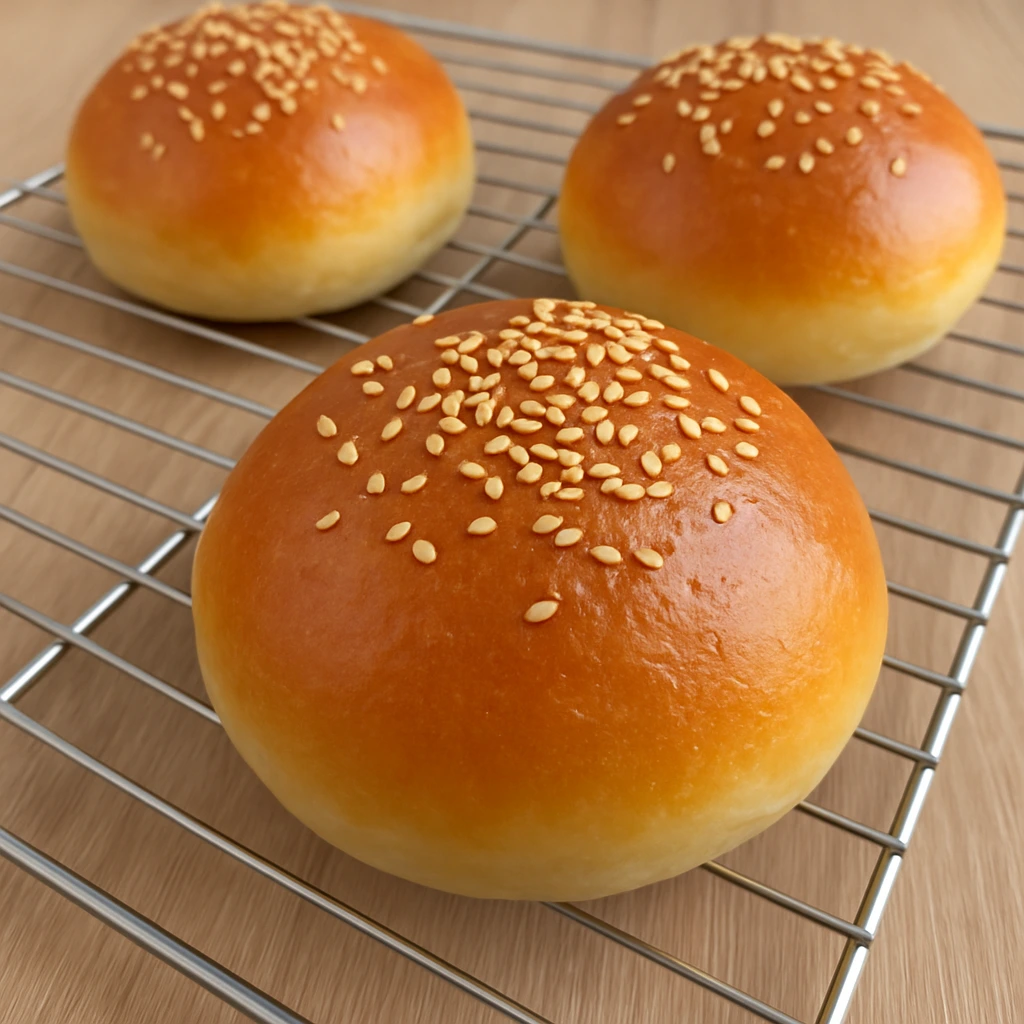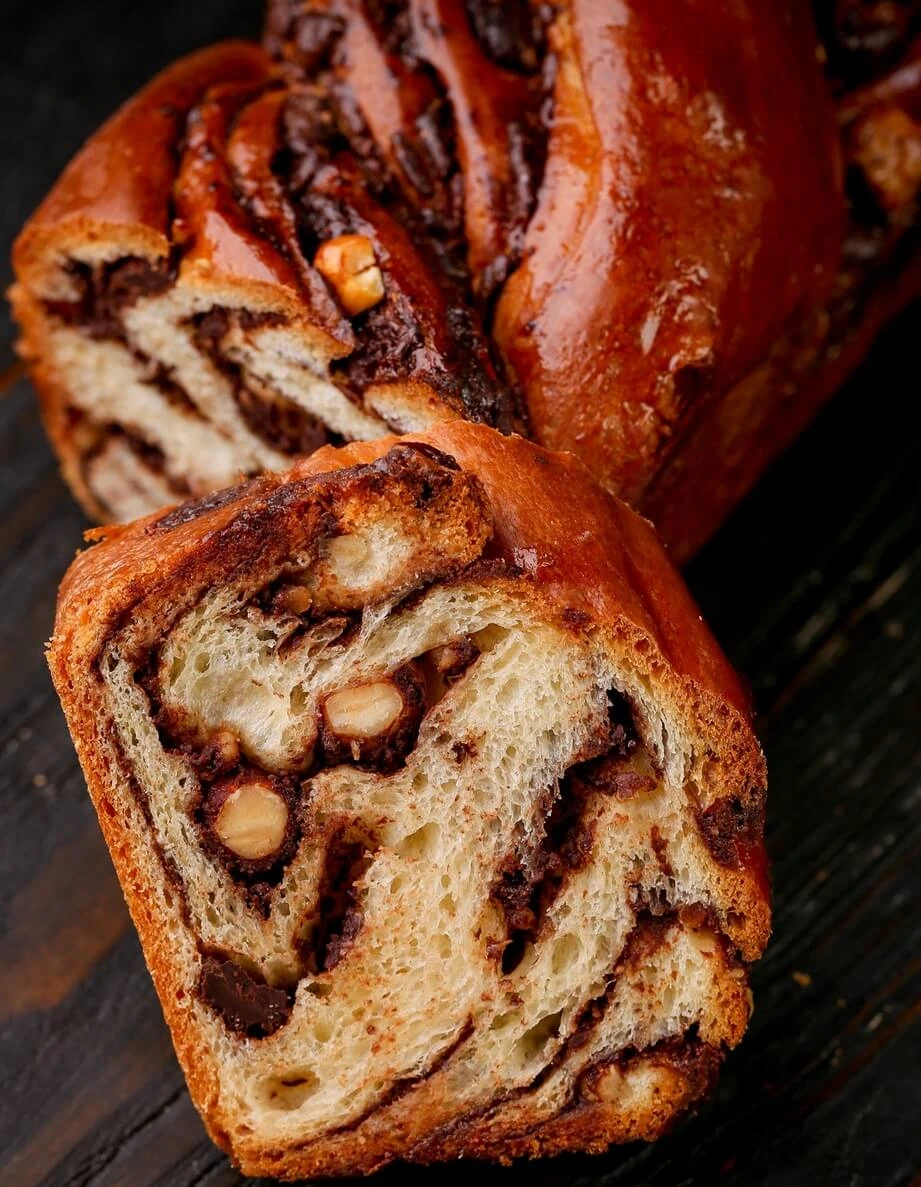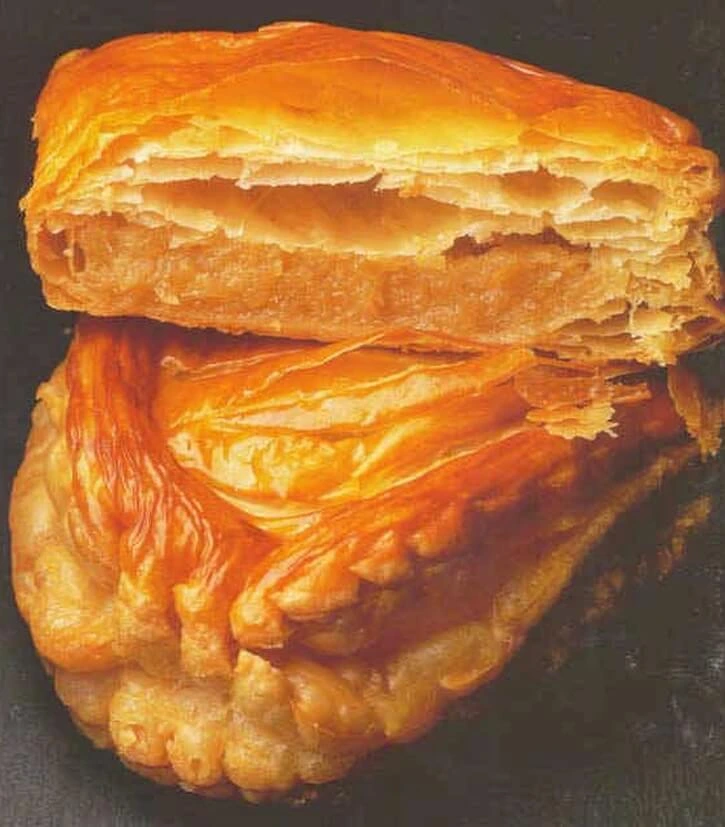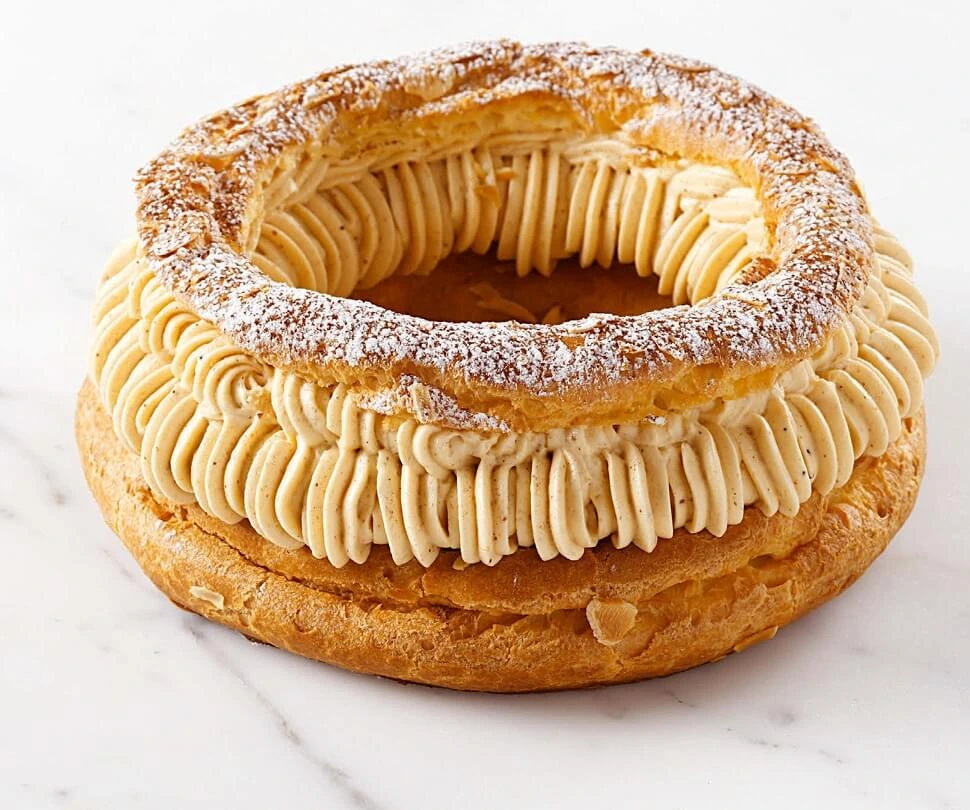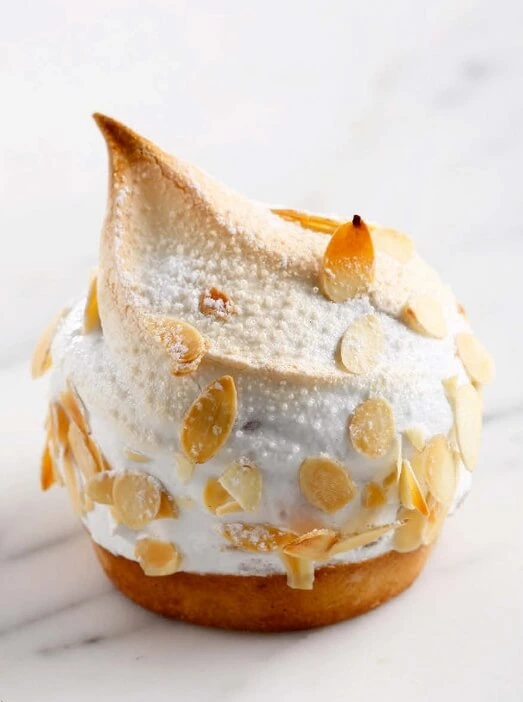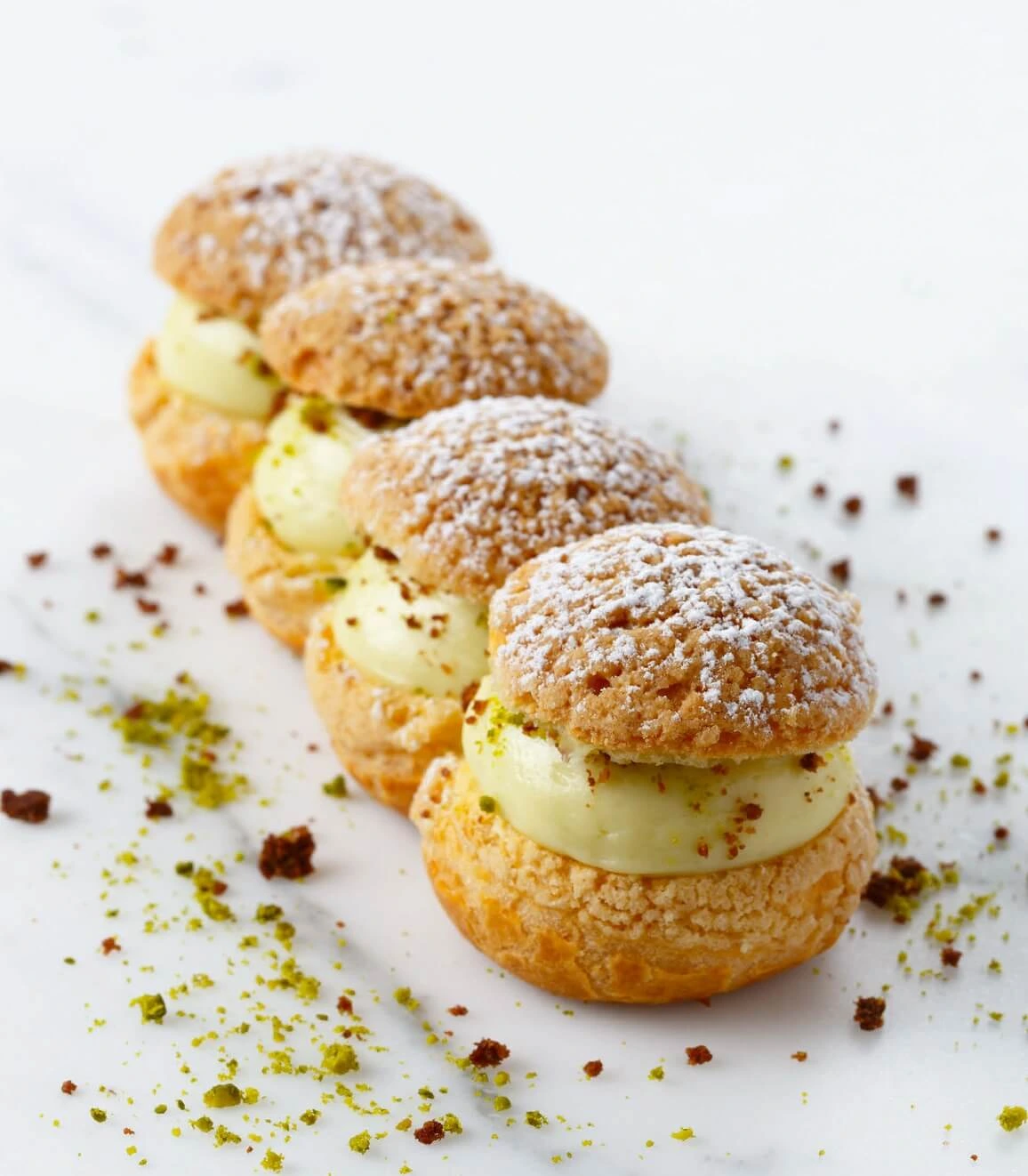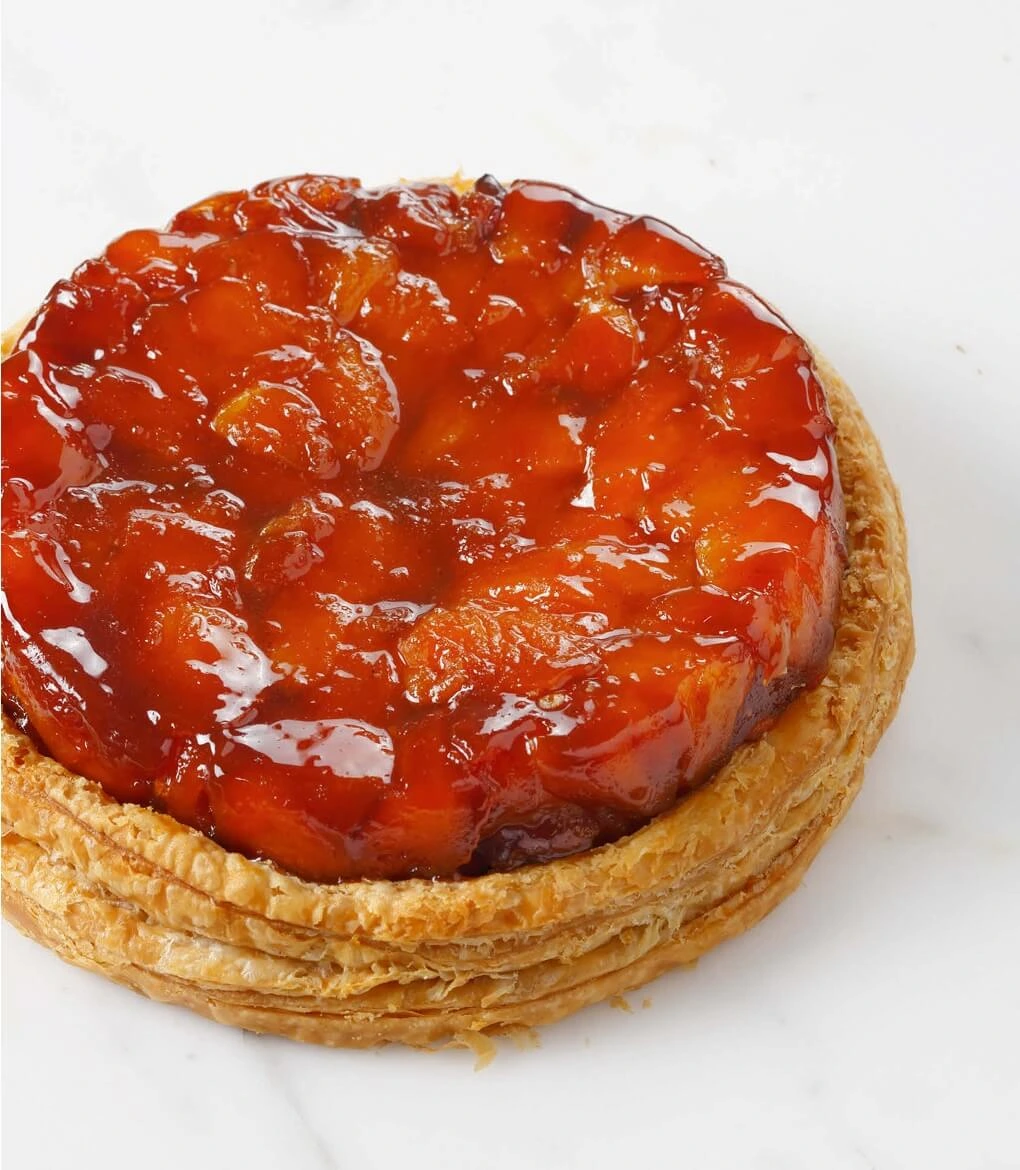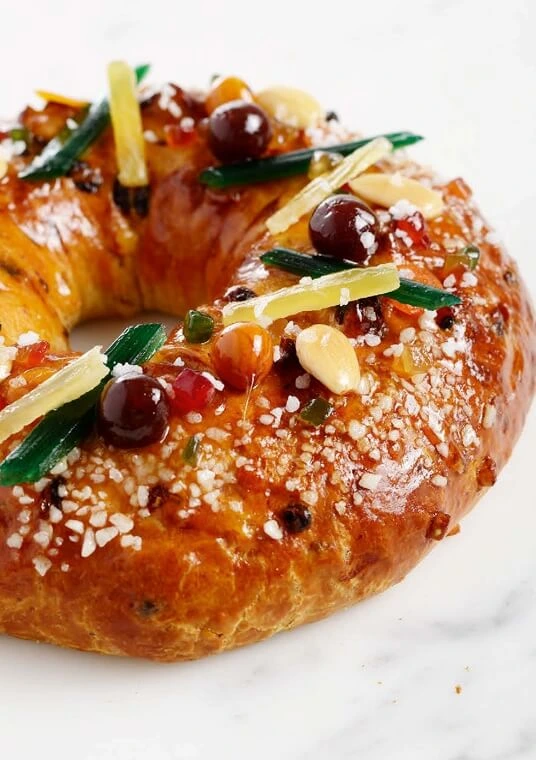You’ll Never Buy Burger Buns Again After This Recipe
homemade hamburger buns Soft, golden, and irresistibly fluffy — this hamburger bun is the perfect base for any gourmet burger. Its smooth, tender crumb melts in your mouth, while the light crust adds just the right amount of structure without overpowering the filling. Whether lightly toasted or served fresh, it holds together beautifully, even with … Read more

